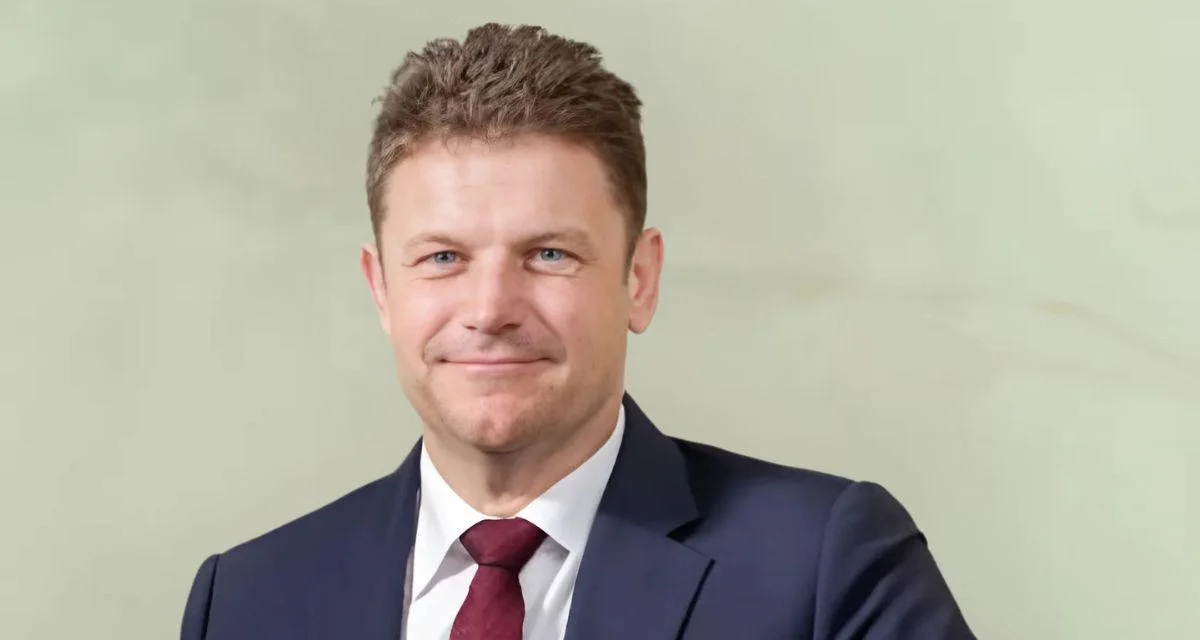According to Lavinia Lau, Cathay’s chief customer and commercial officer, the incoming 777-9s will be configured in two layouts: one with four classes—first, business, premium economy and economy—and another with three classes in a higher-density arrangement.
Boeing lists the standard two-class configuration of the 777-9 as seating 426 passengers. However, Cathay Pacific intends to install fewer seats due to its focus on premium offerings. Currently, Cathay’s largest aircraft is the Boeing 777-300ER with up to 438 seats in high-density format or as few as 294 seats when fitted with four classes. Its next largest plane is the Airbus A350-1000 with capacity for up to 334 passengers across three classes.
In addition to expanding its fleet, Cathay Pacific has resumed growth after a slow recovery from the COVID-19 pandemic. In April, it began service to Dallas Fort Worth International Airport (DFW), marking its sixth U.S. destination and connecting with American Airlines’ largest hub (https://www.dfwairport.com/about/news/press-releases/news-release-detail/Cathay-Pacific-to-Begin-Service-to-Hong-Kong-from-DFW-Airport-in-April-NR). The airline also plans to move operations at New York’s John F. Kennedy International Airport (JFK) to Terminal 6 and open a new premium lounge there by 2026 (https://www.jfkterminalone.com/terminal-one-news/new-terminal-one-at-jfk-announces-cathay-pacific-as-latest-airline-partner).
"Travel demand for Cathay Pacific remains robust and we will continue to add more flights and destinations for our customers, in addition to introducing more customer experience enhancements," said Patrick Healy, chair of the Cathay Group.
As part of this latest order from Boeing, Cathay also secured purchase rights for seven additional planes that could eventually bring its fleet of 777-9s up to 42 if exercised.
 Alerts Sign-up
Alerts Sign-up




































